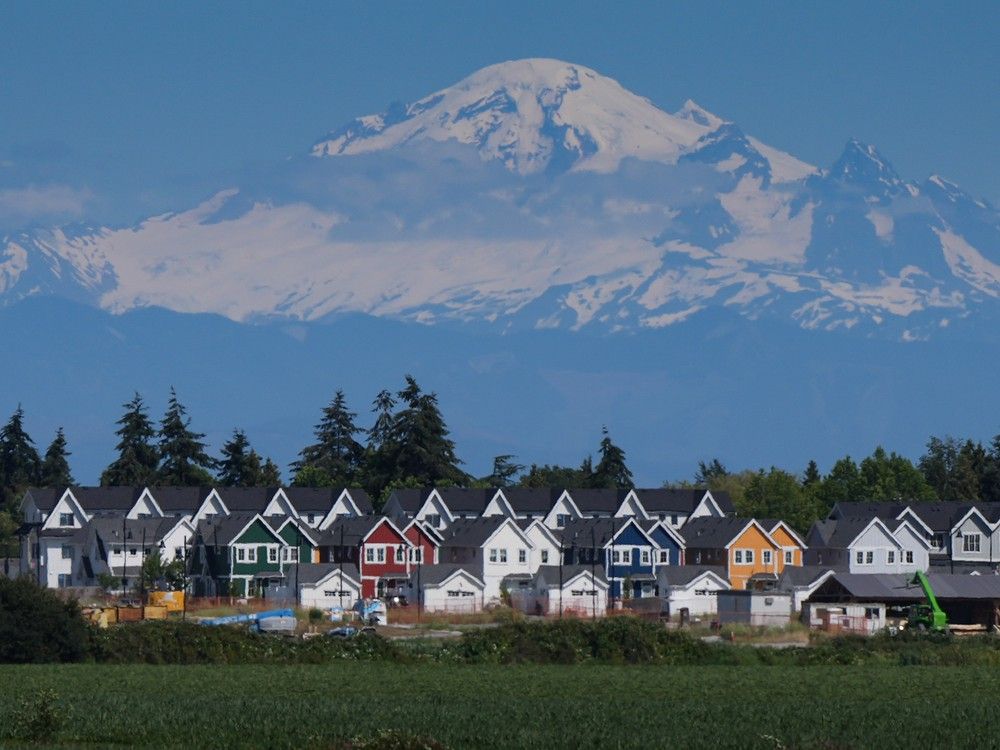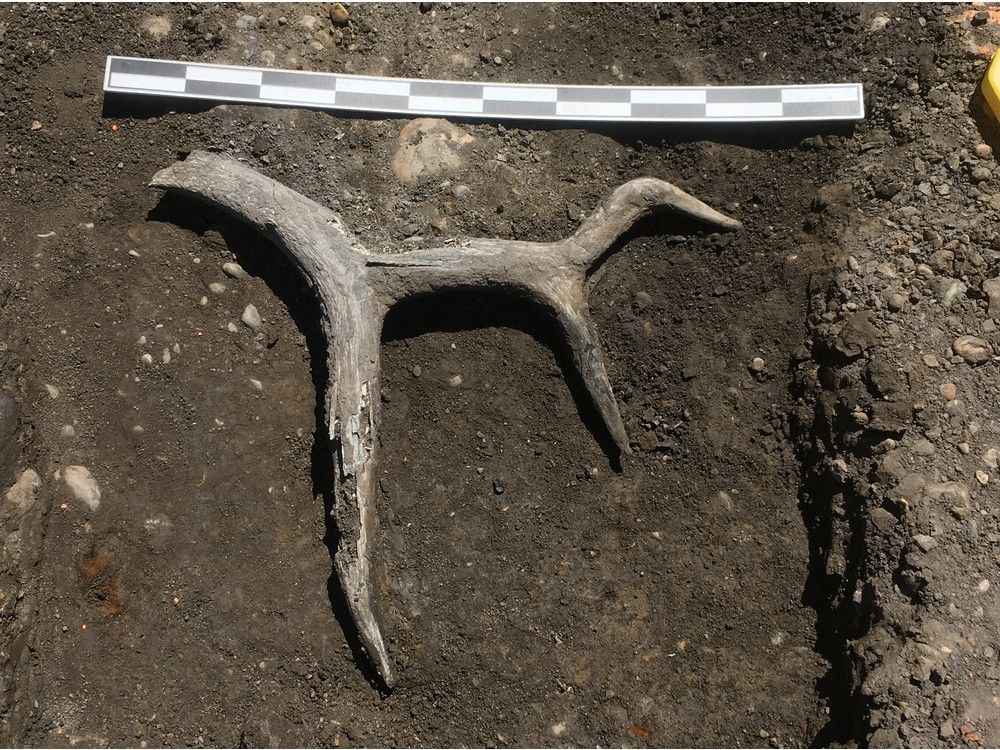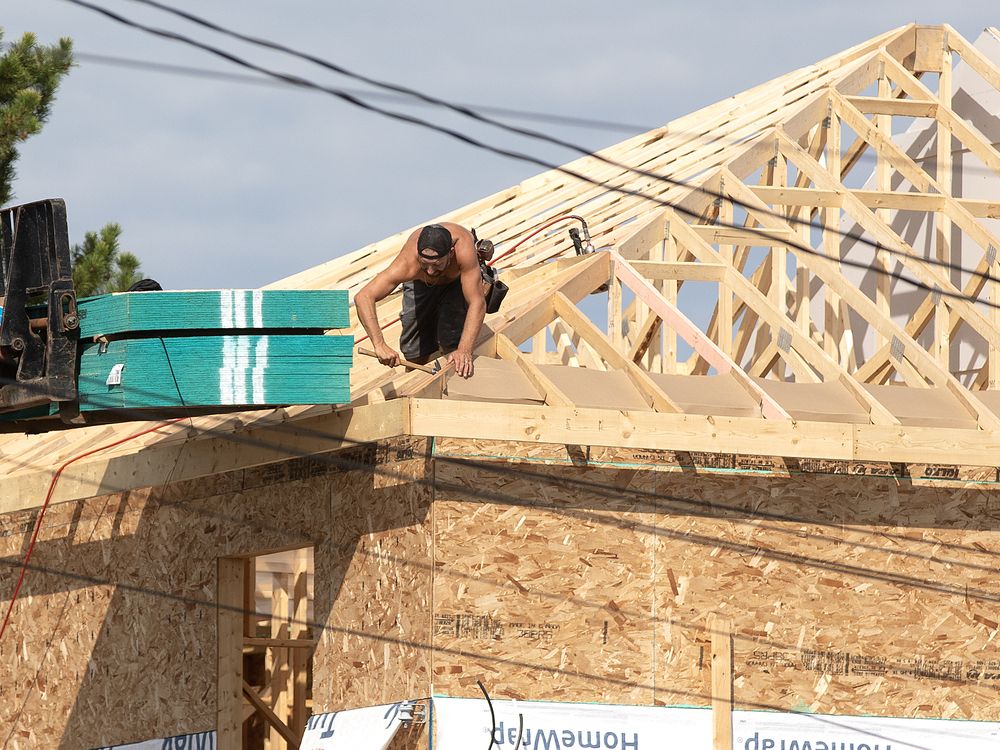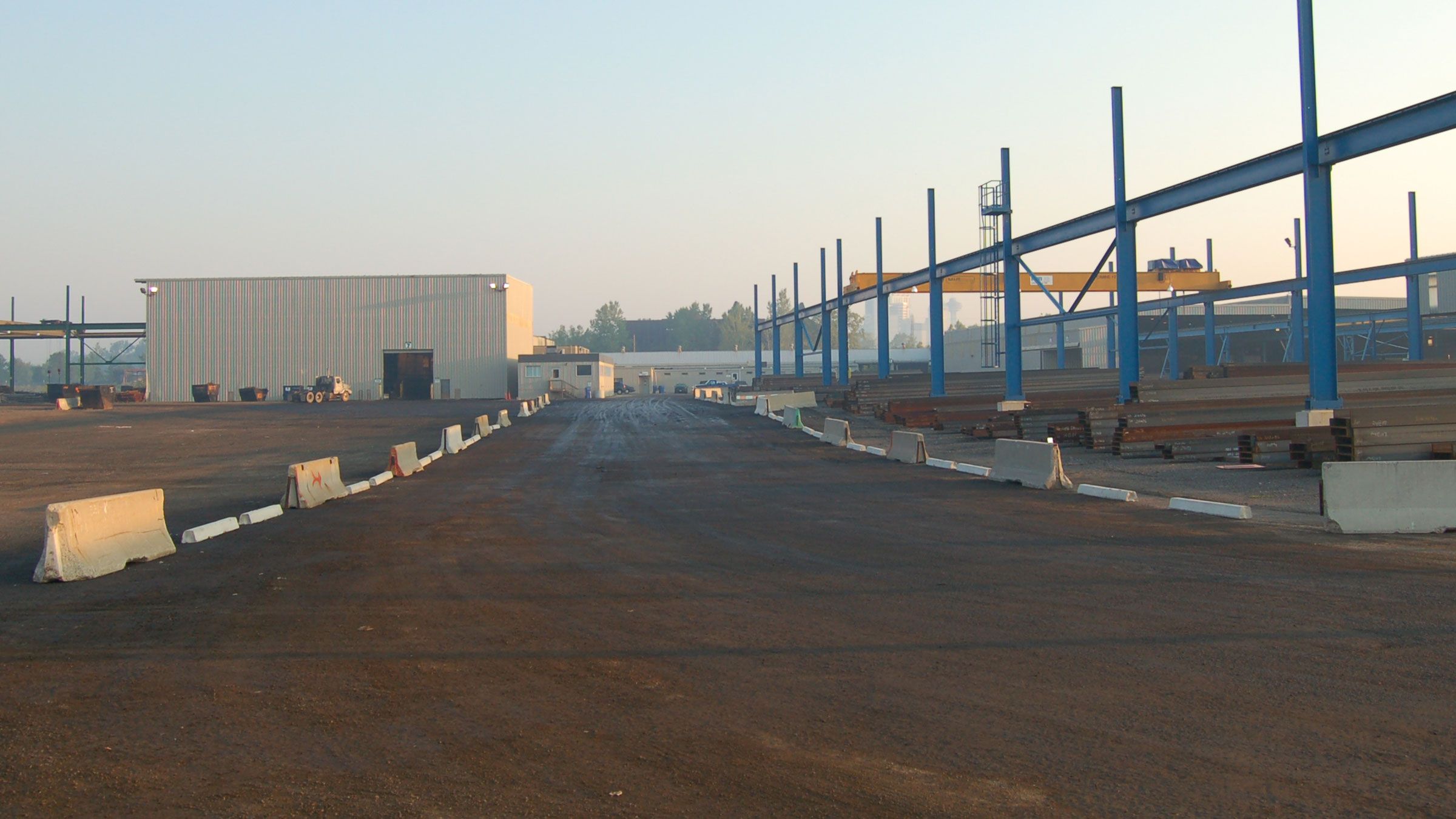The suburbs of Canada always look better


Friends and family don’t laugh out exactly out loud when I say it would be fun to move to the suburb of South Delta.
Just like me, most of them have lived within a few kilometers from Vancouver’s city center. They tend to think that urban mischief is the way to go.
As a result, they often greet me with an amused, incomprehensible look when I sing the praise of the pleasant Delta cities Ladner and Tsaw washing. I suppose it is not surprising, given that city people and environmental activists usually reject the suburbs as “urban proliferation”.
But what’s not fun about Tsaw Wooring, Ladner and Environs? The restrained feeling. The farm fields, ripe with corn. The openness. The less expensive housing. The eclectic, charming small stores (possibly due to lower rents).
And once you get there, fewer hours spent in traffic.
For most of my adult life I have lived in Vancouver. When I started working full-time, there was a big reason to stay in the core to prevent commuting. I was able to cycle to the offices of the Vancouver Sun for most of my career. Call it a privilege.
But now thanks to remote work, home -working traffic is no problem. I feel less necessary to achieve one of the oversupply of the city of coffee shops, entertainment options, people under the age of 35 and traffic lights.
It turns out that I am not alone.
In both Canada and the US, the suburbs grow faster than city centers.
Lots of city center struggle. That is because digital employees leave the city, empty office towers, families feel unwelcome and more people are afraid of chaotic streets and random crime. In New York, the Columbia University Economics Professor Stijn van Nieuwerburgh has gone so far
.
How do the numbers in Canada are? The city of Vancouver expanded by around 16 percent in the decade to 2024, making it one of the fastest growing cities on the continent. Yet Delta rose by 17 percent.
And other suburbs, such as Laney and Maple Ridge – who also have their broad attraction – new residents win considerably faster than Vancouver. The same applies in Greater Toronto, where suburbs such as Milton and Ajax grow faster than the core of the city.
The phenomenon also takes place in the suburbs, beyond the suburbs. East Gwillimbury, 90 minutes north of Toronto, is the fastest growing municipality in the country. And Squamish and Chilliwack, on the distant edge of Metro Vancouver, are not far behind.
Immigrants and the Millennial generation, the one between 29 and 44, are most likely to be a home for themselves and their children in the ever -tempting suburbs and suburbs, according to polls and
.
Called “America’s Uber-Geographer” by the New York Times, the shift clearly states: “The rise of suburbs and sub-city life reflects a desire for safer, cleaner and less closed environments.”
I recently went for a bike ride, one of the many, via South Delta.
There was of course the eternal problem to travel from Vancouver. Bottlenecks on each side of the outdated Massey tunnel, which goes under the Fraser River, are legendary. We’ll get there.
Once in South Delta, which is not to be enjoyed by the fruit and vegetable trails, the incredible variety of birds, the irresistible Fraser River -the dikes, the tides of the Boundary Bay that stretch, the pride in heritage buildings, the cozy cafés and peace?
To be honest, I also found the inhabitants of Ladner and Tsaw lassing friendly than those in Vancouver, where empty appearance in public usually becomes. Tsaw washes and especially Ladner retain a community atmosphere, partly because they are not traffic roads. You don’t really go there to get somewhere else.
South Delta is also a place where a person visually appreciates the agricultural reserve of agriculture, which protects agricultural land. The resulting panoramas are refreshing, with the North Shore Mountains in the north and inspiring Mount Baker in the south.
Negatives? There are a few ugly mega -levers on Alr Land, but not as much as in nearby Richmond. Many of the houses are normal. And although Vancouver has too many BMWs, Porsches and Teslas, there may be a few too many pick-up trucks.
Nobody I saw, Maga-hats or even Pierre Poilievre Bumper stickers, even if urban progressives The provincial driving of South Delta has not been held by Ian Paton, a third-generation farmer and former BC United Party member who collaborated with the BC conservatives.
Then there is the gigantic shopping center, large housing developments and massive Amazon warehouse rented out by the self-controlled Tsaw-Wassen First Nation, near the ferry terminal. Although they are by far the largest projects that have been built in South Delta in the past decade, there is a feeling that they are fooling the wider community.
For decades, the environmental argument against life in the suburbs has been – against proliferation – that it contributes to residential work and carbon emissions. And those are serious worries. But it’s not that easy.
Christina Demarco, a former head of planning for the Regional District Metro Vancouver, reminds us that mayors have long been aimed at population growth and jobs to distribute to regional hubs. Among other things, that would bring many people closer to their work.
However, the city of Vancouver has not received the message. It continues to try to monopolize new people, companies and jobs, illustrated by its radical upzon on the Broadway gang.
All this, according to Matthew Turner of Brown University, despite that density, productivity does not increase. Neither does it necessarily leave house prices. Almost all the largest technical centers in North America are located in the suburbs.
Finally, let’s face the Paradox of South Delta, represented by the tunnel fast on Highway 99.
Part of the profession of this suburb is that it has less traffic growth. At the same time, many people do not go there because they cannot tolerate the prospect of grinding to a crawl in the tunnel.
Since 2013, various BC governments have promised to build a wider tunnel, with bicycle and pedestrian jobs. And this year the NDP even published
promoting.
When the new tunnel is completed, perhaps in 2030, the population pressure will escalate in the beautiful South Delta. So more Gridlock and perhaps higher house prices.
Yet compared to Vancouver, the place remains a suburb, probably quiet and a little proud. Happy.




